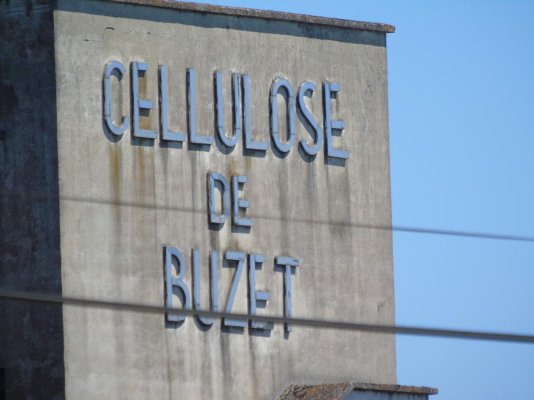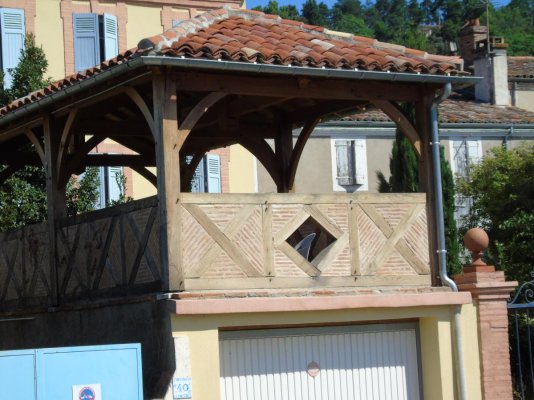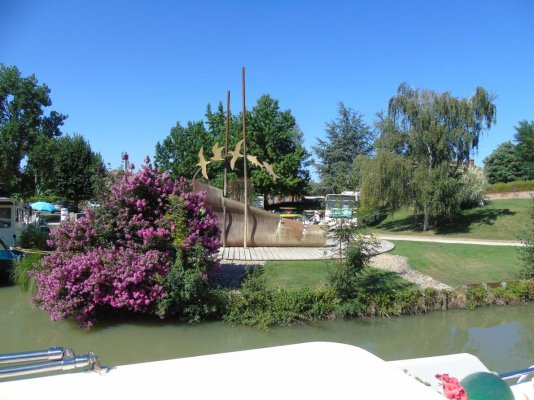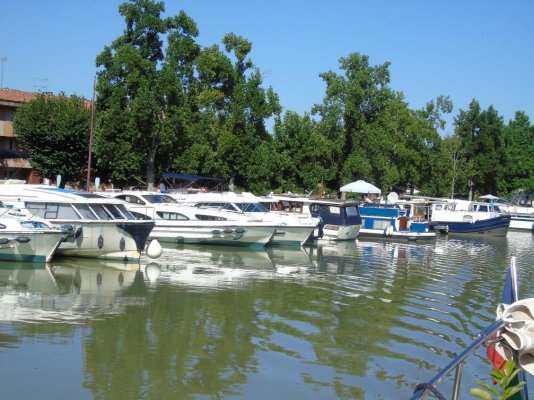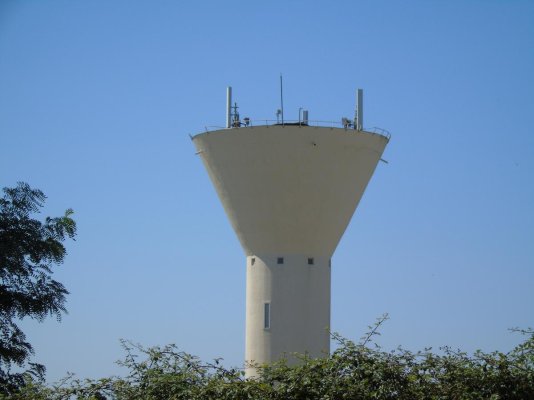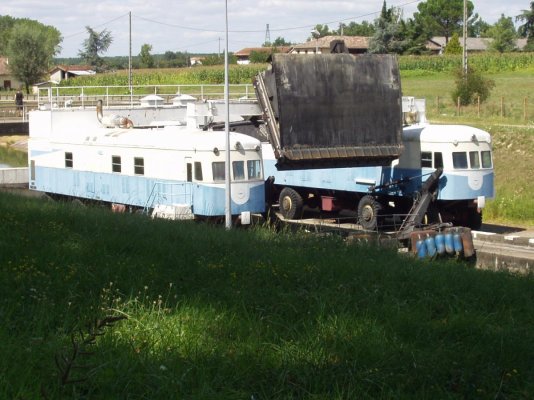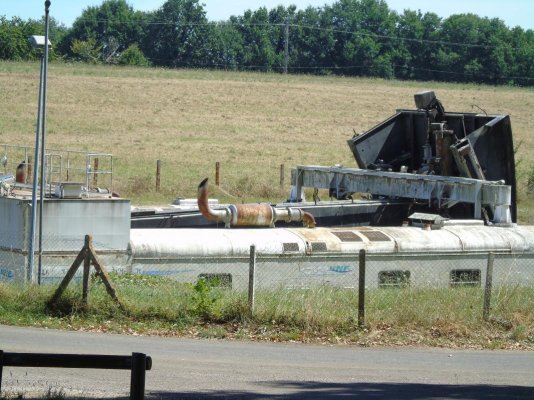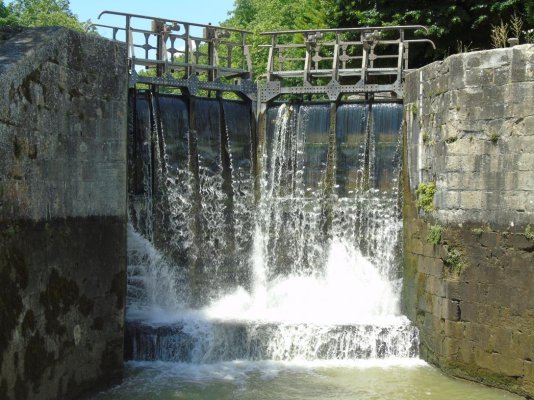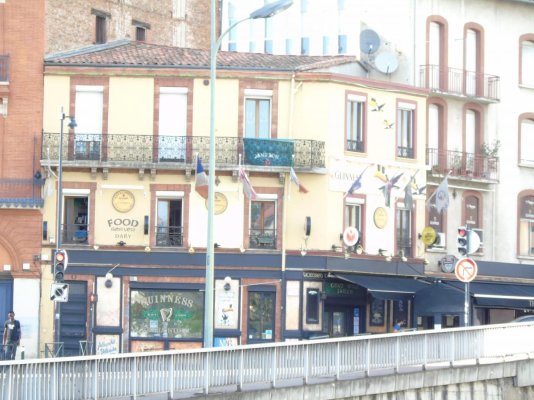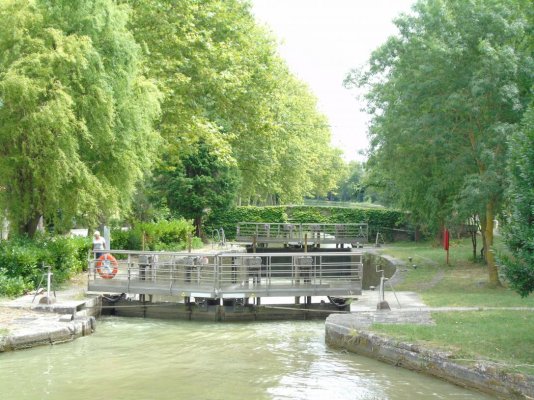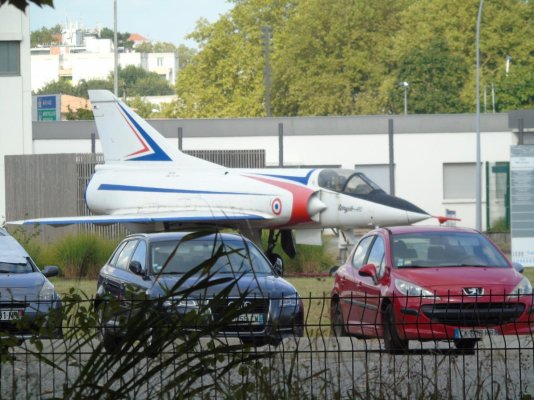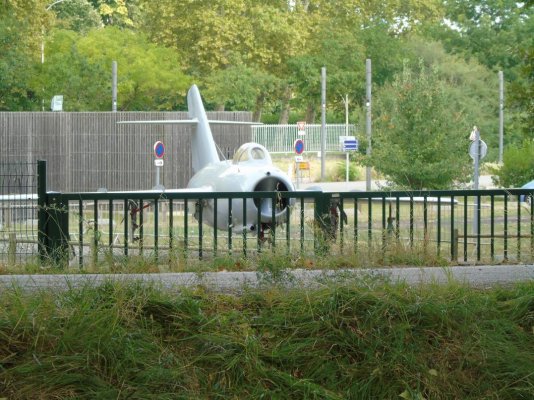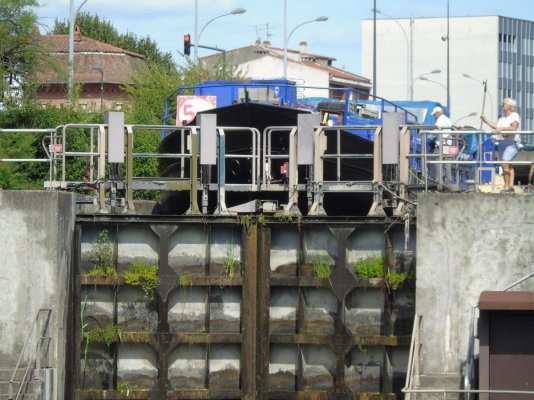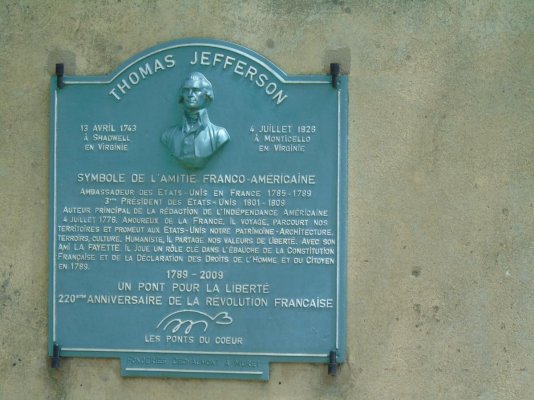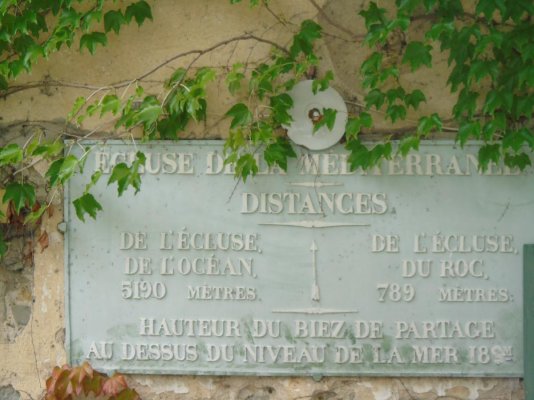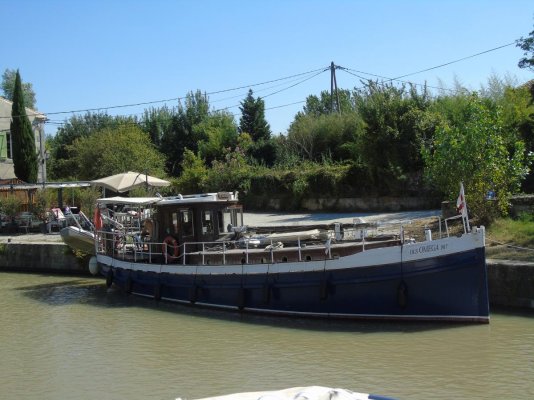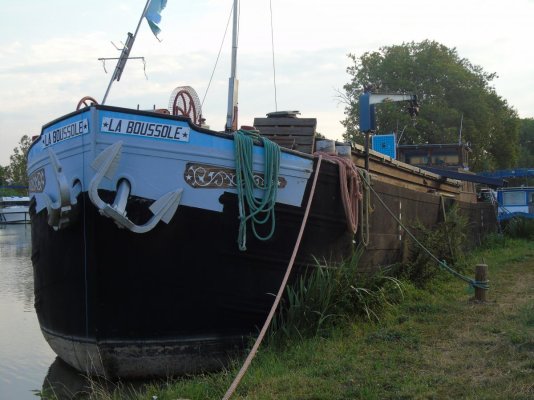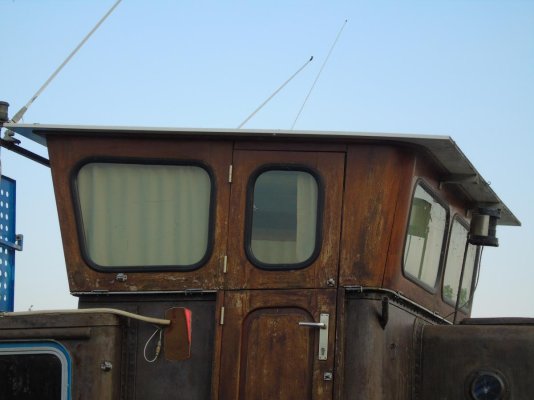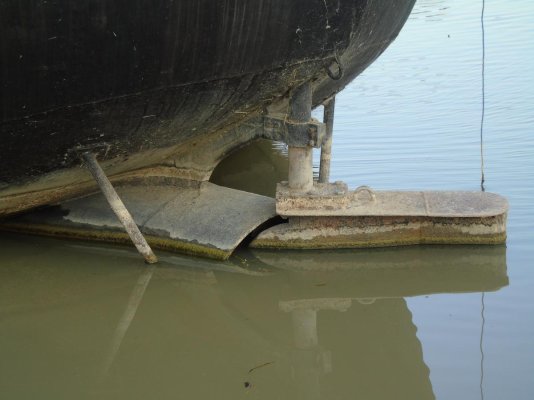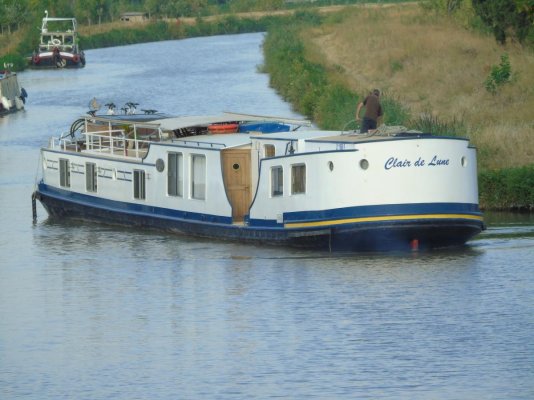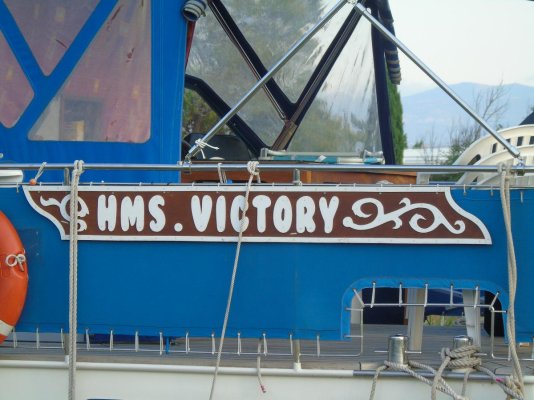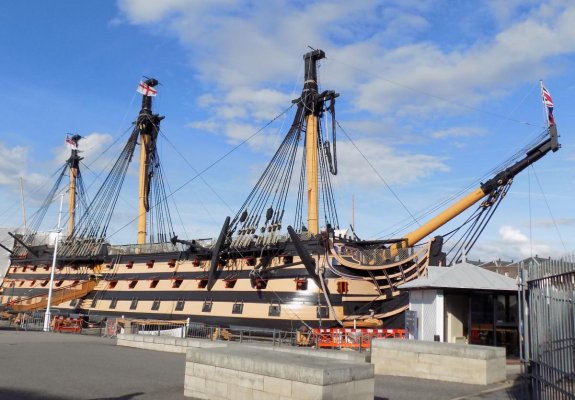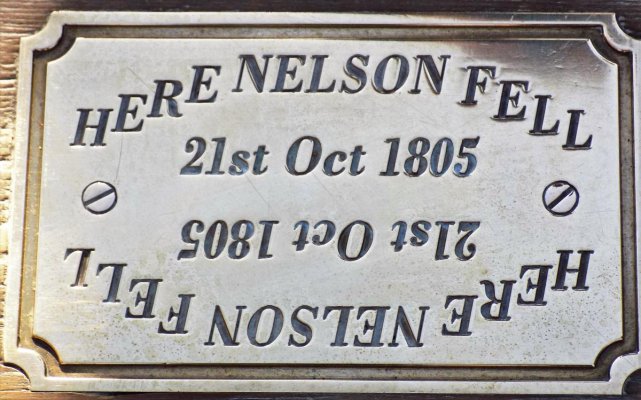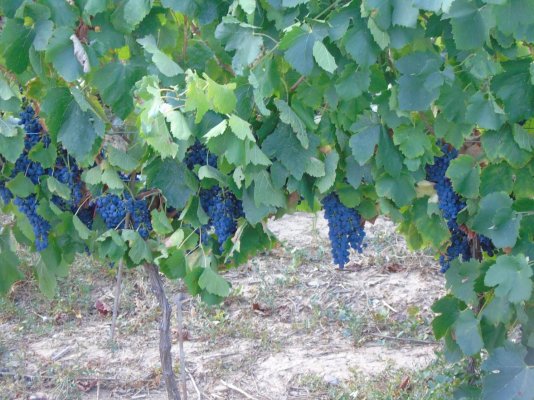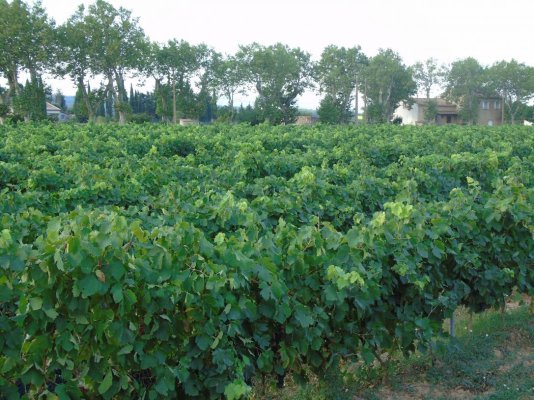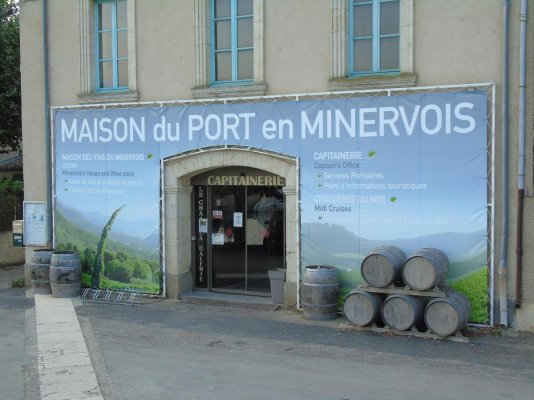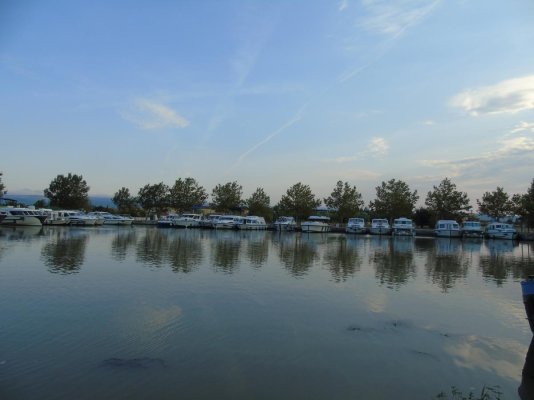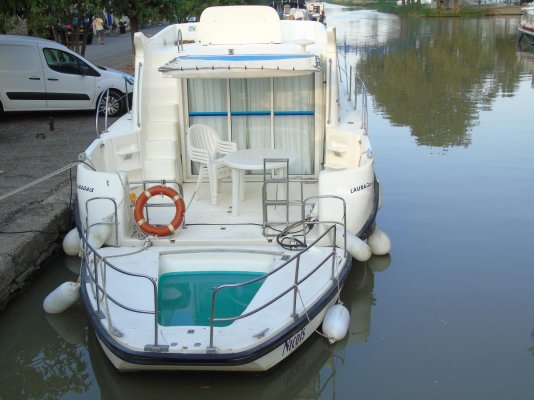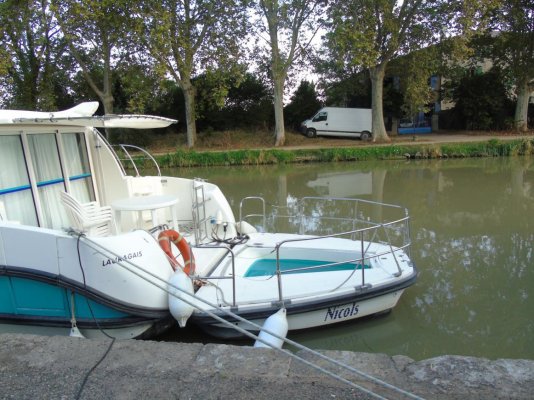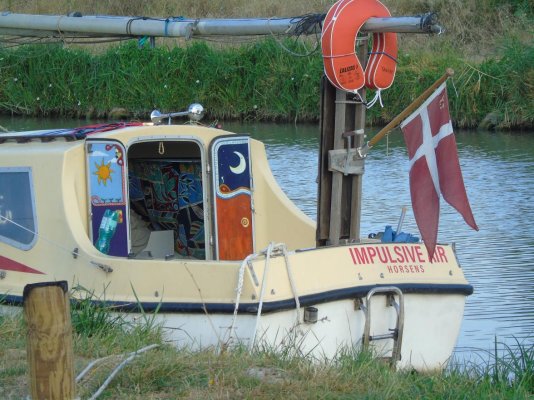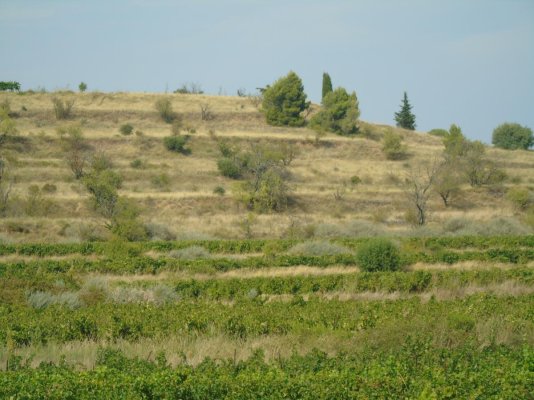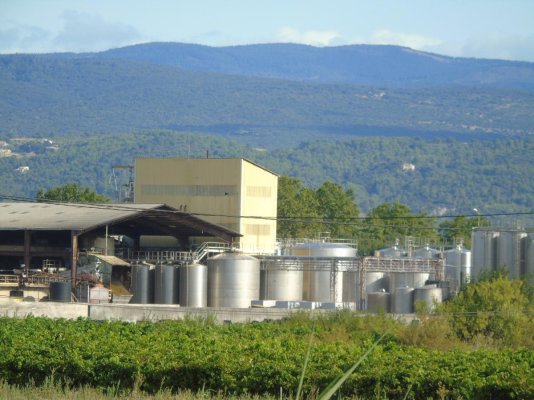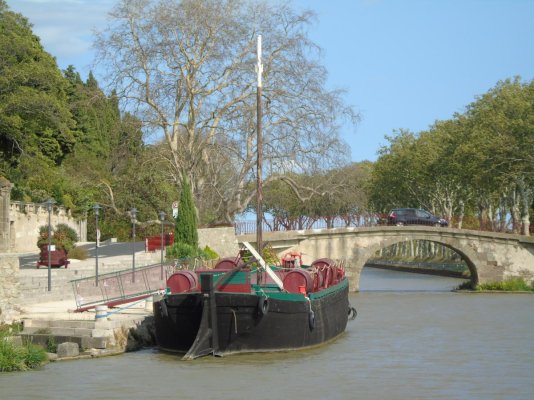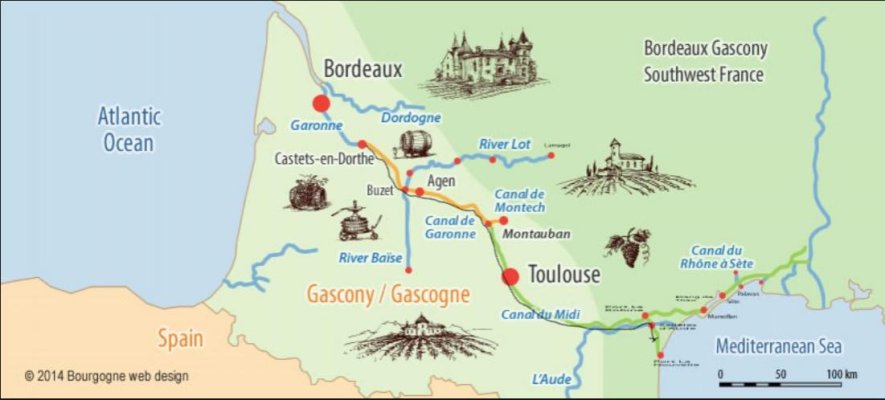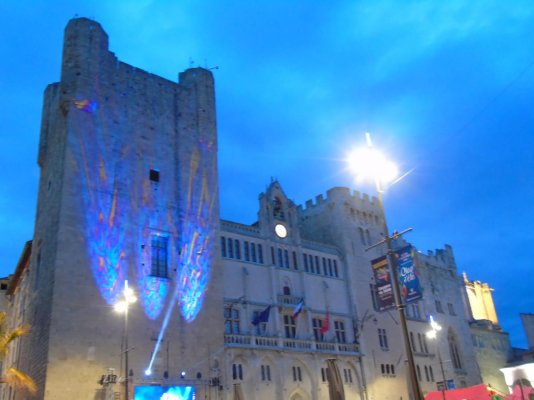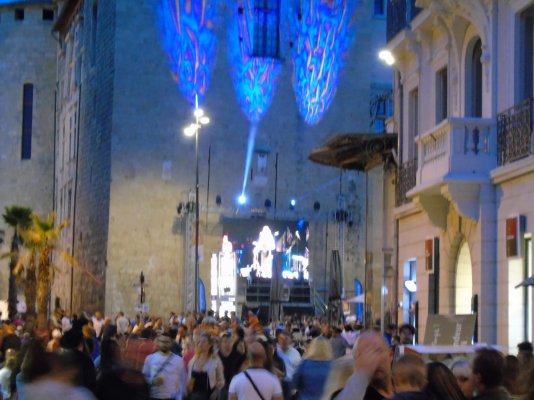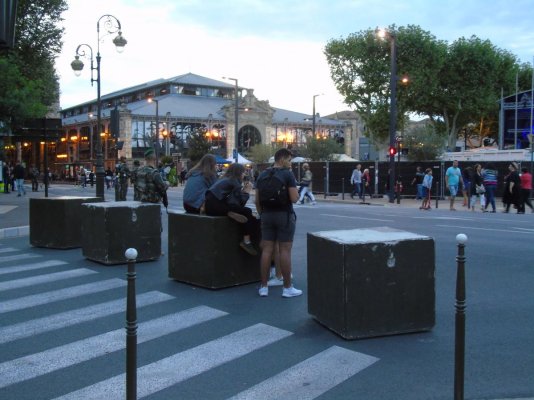Irish Rambler
Guru
- Joined
- Apr 29, 2014
- Messages
- 1,733
- Location
- FRANCE
- Vessel Name
- 'Snow Mouse.'
- Vessel Make
- BROOM FLYBRIDGE 42.
Just before the last lock we stopped at a canal side restaurant called Ecluse 52, as you know by now an Ecluse is a lock, number 52 is the 52nd lock.
Photo's,
1, Click on this picture to enlarge it.
This restaurant specializes in destroying diets !
Seriously this is the standard 'plat du jour'. Beautiful food, many chefs could learn a thing or two in presentation and quality, as it was reasonably priced its no wonder it was doing a roaring profitable trade.
2,Entering lock 53 the signs mean that the end of the canal is in 3 kms.
3,Passing through the lock, the small cabin is where the lock keeper (eclusier) operates the controls.
4,This is the last lock, the diamond affixed to the bridge gantry depicts the navigable arch.
5,Same lock different view.
6,This is the lock keepers house, its built so high because of the flooding in the Garonne estuary, the lock keeper and his family move to the top floor in times of flooding.
7, Apologies for the turned photo. The blue line up the side of the house shows the height/year of the flood.
8, This part of France was ruled by the British for over 200 years and the old Chateau in the background was built by them. The steps in the foreground lead up to an electricity supply box (called a Borne). Set high because of the regular flooding.
9, Local houses all are set high and accessed by steps.
10, The lock keepers wife is a keen gardener as these flowering shrubs show.
Since leaving Narbonne we've travelled 373 kilometres, passed through 111 locks and taken over a thousand photo's, the best of which you see on this forum.
What next ? Well we turn right around and head back to our home port of Narbonne and hopefully squeeze a short trip out into the Mediterranean.
I'll continue to add things of interest we see on our return journey.
Photo's,
1, Click on this picture to enlarge it.
This restaurant specializes in destroying diets !
Seriously this is the standard 'plat du jour'. Beautiful food, many chefs could learn a thing or two in presentation and quality, as it was reasonably priced its no wonder it was doing a roaring profitable trade.
2,Entering lock 53 the signs mean that the end of the canal is in 3 kms.
3,Passing through the lock, the small cabin is where the lock keeper (eclusier) operates the controls.
4,This is the last lock, the diamond affixed to the bridge gantry depicts the navigable arch.
5,Same lock different view.
6,This is the lock keepers house, its built so high because of the flooding in the Garonne estuary, the lock keeper and his family move to the top floor in times of flooding.
7, Apologies for the turned photo. The blue line up the side of the house shows the height/year of the flood.
8, This part of France was ruled by the British for over 200 years and the old Chateau in the background was built by them. The steps in the foreground lead up to an electricity supply box (called a Borne). Set high because of the regular flooding.
9, Local houses all are set high and accessed by steps.
10, The lock keepers wife is a keen gardener as these flowering shrubs show.
Since leaving Narbonne we've travelled 373 kilometres, passed through 111 locks and taken over a thousand photo's, the best of which you see on this forum.
What next ? Well we turn right around and head back to our home port of Narbonne and hopefully squeeze a short trip out into the Mediterranean.
I'll continue to add things of interest we see on our return journey.
Attachments
-
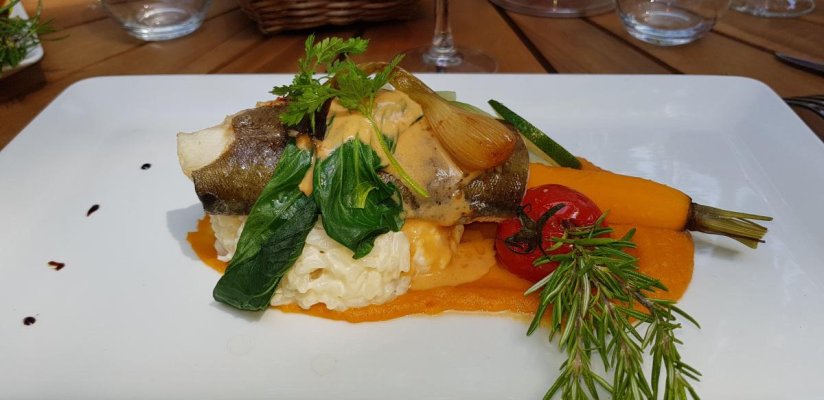 20180805_130128.jpg82.6 KB · Views: 60
20180805_130128.jpg82.6 KB · Views: 60 -
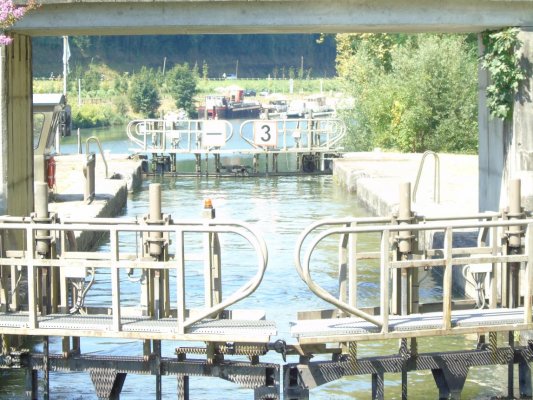 DSC00917.jpg198.1 KB · Views: 50
DSC00917.jpg198.1 KB · Views: 50 -
 DSC00918.jpg196 KB · Views: 48
DSC00918.jpg196 KB · Views: 48 -
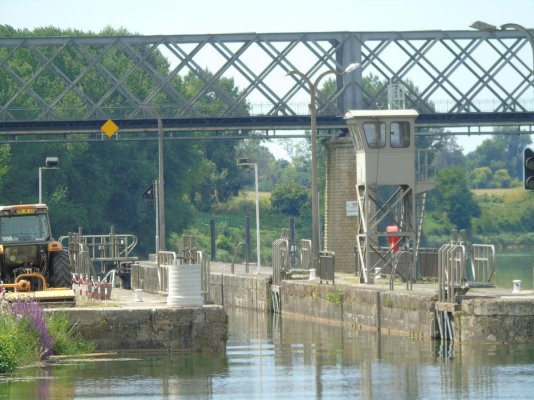 DSC00919.jpg177.6 KB · Views: 51
DSC00919.jpg177.6 KB · Views: 51 -
 DSC00921.jpg189.9 KB · Views: 48
DSC00921.jpg189.9 KB · Views: 48 -
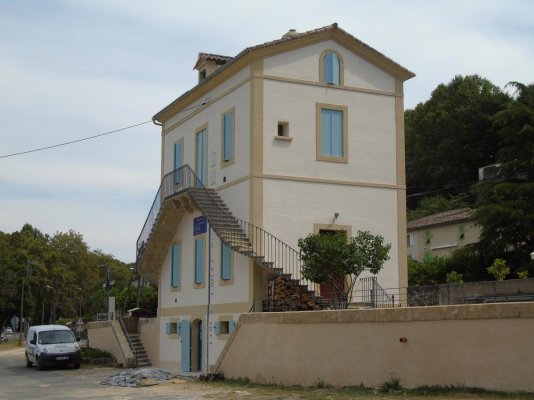 DSC00930.jpg114.1 KB · Views: 44
DSC00930.jpg114.1 KB · Views: 44 -
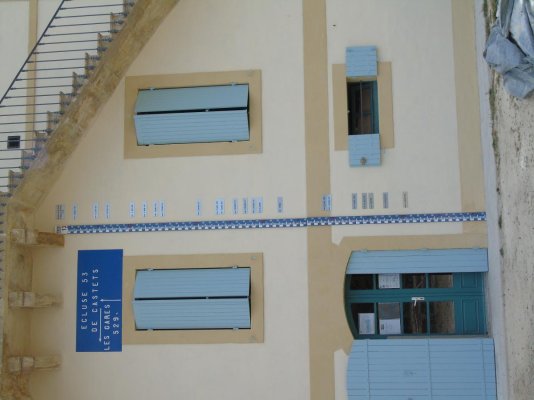 DSC00922.jpg91.5 KB · Views: 48
DSC00922.jpg91.5 KB · Views: 48 -
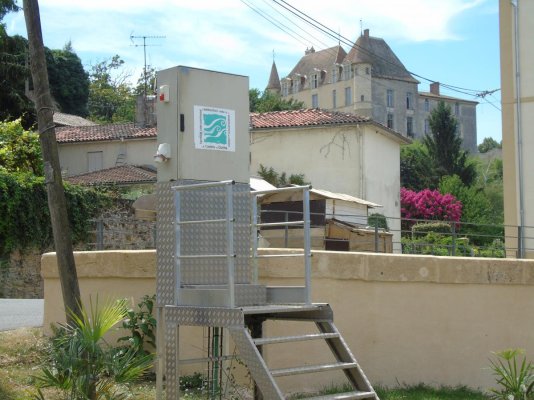 DSC00920.jpg170.7 KB · Views: 45
DSC00920.jpg170.7 KB · Views: 45 -
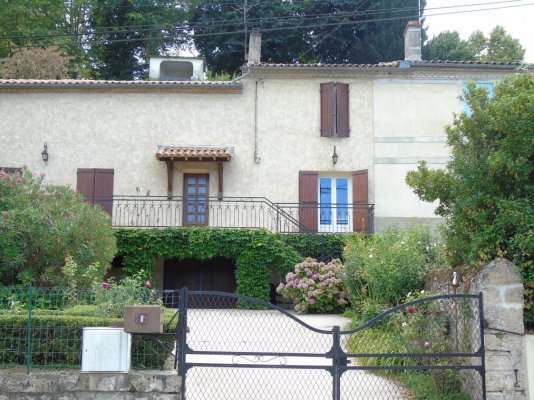 DSC00931.jpg196.1 KB · Views: 47
DSC00931.jpg196.1 KB · Views: 47 -
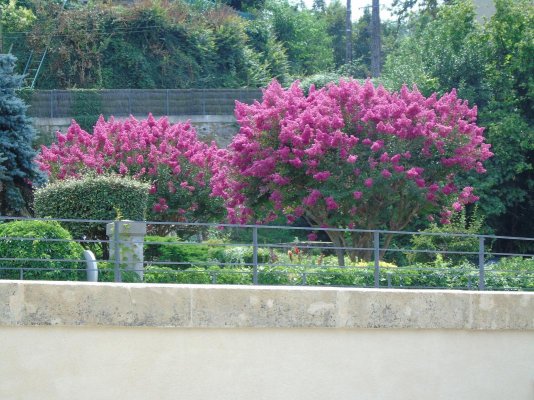 DSC00927.jpg197.6 KB · Views: 49
DSC00927.jpg197.6 KB · Views: 49
Last edited:

